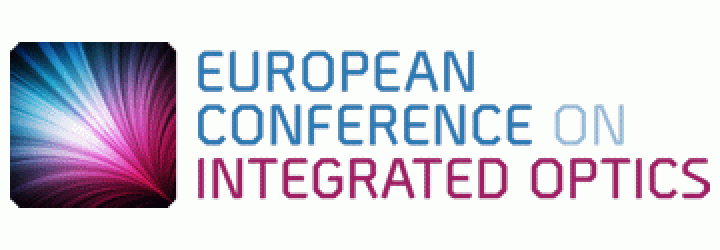Quantum state generation via integrated frequency combs
Piotr ROZTOCKI1, Michael KUES1*, Christian REIMER1, Benjamin WETZEL1,2, Fabio GRAZIOSO1, Brent E. LITTLE3, Sai T. CHU4, Tudor JOHNSTON1, Yaron BROMBERG5, Lucia CASPANI1,6, David J. MOSS7, Roberto MORANDOTTI1,8
1INRS-EMT, Varennes, Québec, Canada
2Department of Physics and Astronomy, University of Sussex, Falmer, Brighton, UK
3State Key Laboratory of Transient Optics and Photonics, Xi’an Institute of Optics and Precision Mechanics, Chinese Academy of Science, Xi’an, China
4Department of Physics and Materials Science, City University of Hong Kong, Hong Kong, China
5Department of Applied Physics, Yale University, New Haven, US
6School of Engineering and Physical Sciences, Heriot-Watt University, Edinburgh, UK
7School of Electrical and Computer Engineering, RMIT University, Melbourne, Australia
8Institute of Fundamental and Frontier Sciences, University of Electronic Science and Technology of China, Chengdu, China
* michael.kues@emt.inrs.ca
The generation of optical quantum states on an integrated platform will enable low-cost and accessible advances for quantum technologies such as secure communications and quantum computation [1-4]. We demonstrate that integrated quantum frequency combs (based on high-Q microring resonators made from a CMOS-compatible, high refractive-index doped-glass platform – Hydex [5]) can enable the generation of pure heralded single photons, cross-polarized photon pairs, as well as bi- and multi-photon entangled qubit states over a broad frequency comb covering the S, C, L telecommunications band, with photon frequencies corresponding to standard telecommunication channels spaced by 200 GHz.
Silicon Quantum Photonics
Mark THOMPSON
Centre for Quantum Photonics, H. H. Wills Physics Laboratory & Department of Electrical and Electronic Engineering, University of Bristol, UK
Photonics is a promising approach to realising quantum information technologies. Silicon photonics is proving to be a compelling technology platform for the delivery of complex and compact quantum photonic circuits. In this talk, I will give an overview of silicon quantum photonics, highlighting recent achievements in chip-to-chip quantum communications, programmable quantum circuits, chip-based quantum simulations and routes to scalable quantum information processing.
Microoptics based, integrated, full-field measurement systems
Michał JÓZWIK1, Małgorzata KUJAWIŃSKA1*, Christophe GORECKI2,
1Institute of Micromechanics and Photonics, Warsaw University of Technology, 8 Św. A. Boboli, 02-525 Warsaw, Poland
2Institute FEMTO-ST, University of Franche-Comté, 15B Av. des Montboucons, 25030 Besançon, France
* m.kujawinska@mchtr.pw.edu.pl
The high quality refractive and diffractive microoptical components allow to create new solutions in optical metrology. Most of the required optical functions such as the light guiding, deflection, beam splitting and reflection of the beam are realized by special micro-optical components – designed and developed for a given application. This allows for a very compact design and the array arrangement of a large number of independent devices on a wafer. The development of technology that integrates these components with optoelectronics and mechanical assemblies is one of the biggest challenges in technology of modern measurement systems.

